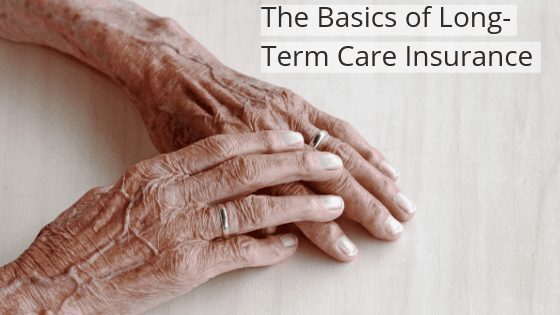[fusion_imageframe image_id=”13347″ ]https://www.tvamp.net/wp-content/uploads/TVAMP-9-10-blog.jpg[/fusion_imageframe]
The costs of long-term care is a topic that often generates lots of questions and misunderstanding.
Thinking about the need and the costs of long-term care is enough to make anyone uncomfortable. But while it’s a difficult subject to talk about, it’s also a topic that often generates lots of questions and misunderstanding.
Consider this: The median cost of a semi-private room in a nursing home now exceeds $85,000 per year, with wide-ranging variations from state to state.1
Who Pays?
For the most part, those who need long-term care are left to foot the bill on their own. Neither Medicare, nor Medicare supplemental coverage (“Medigap”), nor standard health insurance policies cover long-term care. That’s why long-term care insurance may be so important. Since premium costs are based on your age and health at the time of purchase, the younger and healthier you are when you purchase a policy, the lower the premium you’re apt to pay during the life of the plan.
As you evaluate long-term care insurance, consider the following variables:
- Coverage Parameters. Policies will differ in the types of services they support, making the choice of a policy that best meets your particular needs so important.
- Benefits Payout. How much does the policy pay per day for care in a particular setting? How does the policy pay out (e.g., a fixed daily amount, as reimbursement for the cost of care up to a daily maximum)? Does the policy have a maximum lifetime limit? Are there adjustments for inflation?
- Eligibility. Does the policy use certain triggers to determine benefits eligibility, such as the formal diagnosis of an illness or disability? What is the maximum issue age for the policy?
- Women May Need More. Longer life spans for women may signal the need for additional coverage.
Finally, keep in mind that most long-term care policies sold today are federally tax qualified, which means premiums paid and out-of-pocket expenses are typically deductible. Also, long-term care benefits received are, in general, not taxed as income up to certain limits. Consider meeting with a financial expert to discuss your particular situation.
Source/Disclaimer:
1Source: Genworth Financial. Genworth 2017 Cost of Care Survey, Novemebr 2017.
This information is not intended to be a substitute for specific individualized tax advice. We suggest that you discuss your specific tax issues with a qualified tax advisor.
Required Attribution
Because of the possibility of human or mechanical error by DST Systems, Inc. or its sources, neither DST Systems, Inc. nor its sources guarantees the accuracy, adequacy, completeness or availability of any information and is not responsible for any errors or omissions or for the results obtained from the use of such information. In no event shall DST Systems, Inc. be liable for any indirect, special or consequential damages in connection with subscriber’s or others’ use of the content.
© 2018 DST Systems, Inc. Reproduction in whole or in part prohibited, except by permission. All rights reserved. Not responsible for any errors or omissions.
#1-776292

